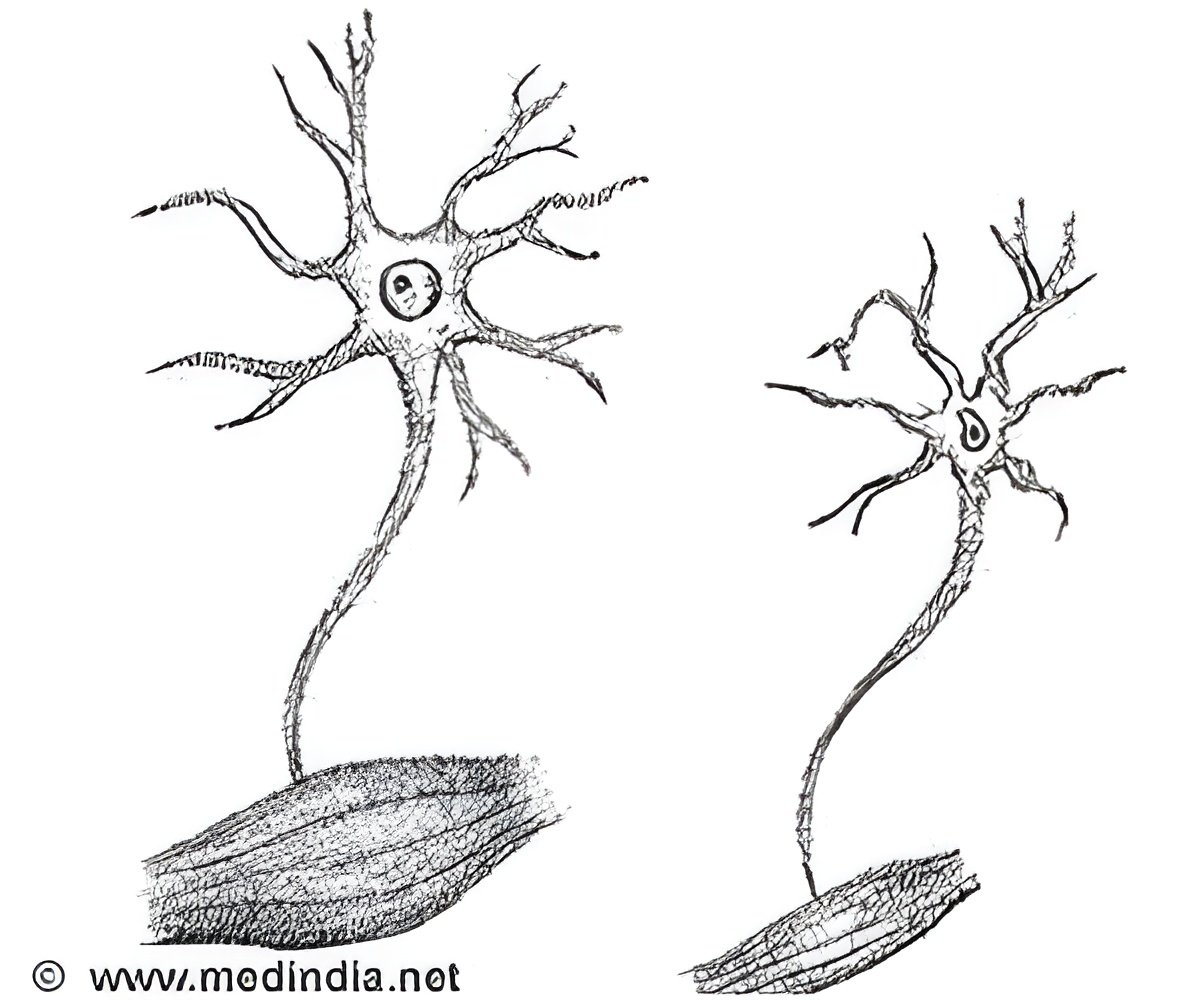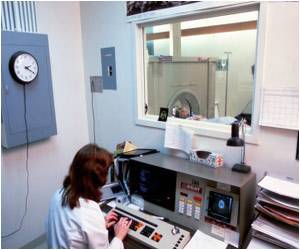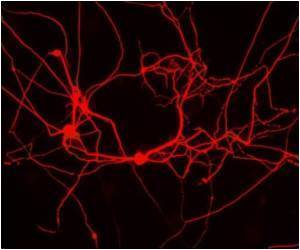
The discovery, in research funded by the National Institutes of Health, is described in a paper placed online ahead of publication in the April 25 issue of the open-access journal Cell Reports. It is noteworthy because most synapses formed in vertebrates use glutamate as a neurotransmitter, and breakdowns in the process have been tied to conditions such as autism, schizophrenia and mental retardation.
The zebra fish has become one of the leading research models for studying early development, in general, and human-disease states. In this case, researchers used immunofluorescence labeling to highlight the area they put under the microscopes. The embryos they studied were barely 24-hours old and a millimeter in length, but neurons in their spinal cord were already forming connections called synapses. Images were taken every 30 seconds over two hours.
"If we zoom out a bit and look at development in the human, the majority of synapse formation occurs in the cortex after birth and continues for the first two years in a baby's life," said Philip Washbourne, a professor of biology and member of the UO's Institute of Neuroscience.
Previous studies, done in vitro, contradicted each other, with one, in 2000, identifying a single packet of building blocks arriving at a pre-synaptic terminal. The other, in 2004, identified two protein packets. After watching the process unfold live, with imaging over long time spans, Washbourne said: "We now see at least three, and maybe more, such deliveries."
"Axons are long processes -- think of them as highways -- of neurons. In humans, these can be a meter long, from spinal cord to your big toe," he said. It's in the cell body where all the proteins are made, and they have to be transported out. Is it done by a single bus or by several cars? These results point to additional layers of complexity in the established mechanisms of synaptogenesis."
Advertisement
"Understanding how all this happens will inform us to what's going wrong in neurodevelopment that leads to diseases," Washbourne said. "We have indications that the glue that gets all this going includes a gene that has been linked to autism, so knowing how these molecules start the process of synapse formation -- and what goes wrong in people with mutations in these genes -- might allow for a therapeutic targeting to correct the mutations and manipulate the stop signs."
Advertisement












